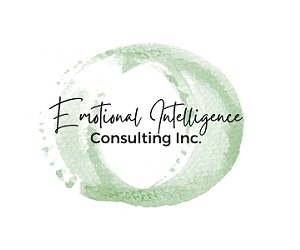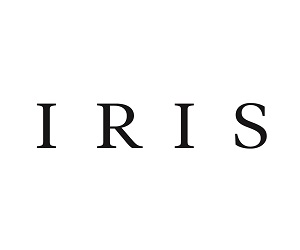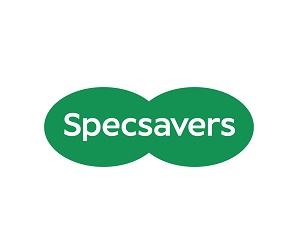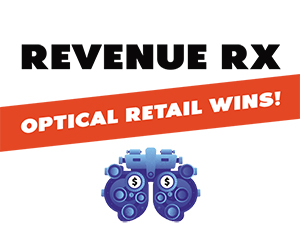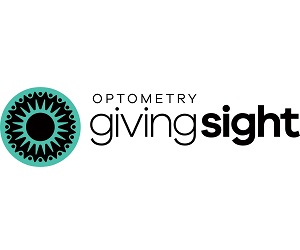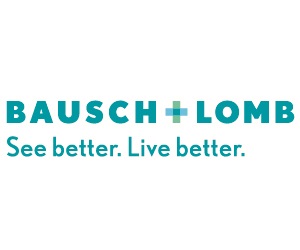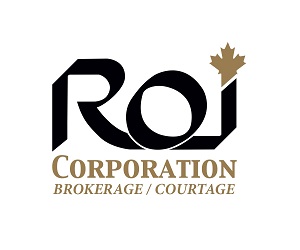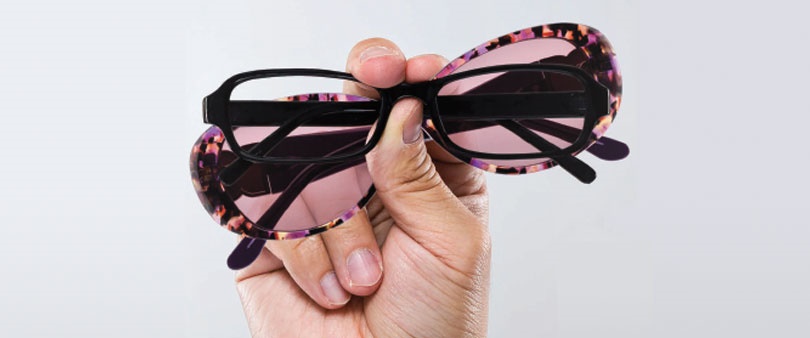
Despite the fact that most of your clients own numerous pairs of gloves and shoes, several hats or caps and many other accessories that serve to improve their comfort and enhance their appearance, getting them to buy a second pair of glasses is often a real challenge. And yet, glasses serve a dual function as a medical/well-being necessity and a fashion accessory. Both functions provide excellent starting points for selling multiple pairs of glasses.
Why do some wearers own more than one pair of prescription glasses? A survey of about 10,000 Americans conducted by Vision Council[1] has some answers. For 39.3% of respondents, it is important to have an extra pair of glasses as a back-up. 36.9% of people gave convenience as the reason: a different pair of glasses in different locations (home and office). The third reason given was functionality; 34.2% of multiple pair eyewear owners have different pairs for different activities. This reason was popular among men over the age of 45. Finally, a handful of people stated fashion as their reason (to complement their wardrobe). A more recent survey conducted by VuePoint IDS also found that the “fashion accessory” aspect was one of the least popular arguments used by Canadian eye care professionals to encourage the sale of multiple pairs.

Over the last few years, pollsters have not seen any major swings in the intentions of wearers. It is therefore up to eye care professionals and the industry as a whole to educate the client to associate visual comfort with wearing a different pair of glasses for different activities.
The Power of Advice
Of course, clients have access to information everywhere, namely on the Web. Are they well informed? Not necessarily, but they are willing to listen to advice. One of the main influences on consumers when choosing their glasses is the recommendation of their eye care professional. It is well known that advice provided in the examination room is golden. That’s the first key to success, according to a recent poll by VisionWatch,[2] followed by appearance and affordability.
Considering that only 20% of patients[3] own a second pair of glasses, the potential is enormous. Manufacturers are doubling their efforts to help you give the best advice, to increase sales and to encourage people to purchase multiple pairs of glasses.
In our December survey, 60% of our readers stated that they need more training to perfect the technique of selling multiple pairs. On top of reducing the cost of lenses, that’s what ZEISS proposes with its marketing material and training to encourage the sale of multiple pairs. At the same time, ZEISS has launched a DriveSafe ad campaign targeting consumers. The lenses are designed to provide the best vision while driving in all conditions. Compelling safety arguments are likely to positively influence clients and convince them to purchase a second pair of glasses.
Oakley has also launched its prescription sun lenses with Prizm technology to enhance vision for people who enjoy outdoor recreation activities. These lenses facilitate outdoor activities such as golf, baseball, hiking and cycling. Essilor recently introduced a line of lenses for connected people. The Eyezen lens won the Silmo d’or 2015 award and is designed for most patients who are worried about the effects of blue light from digital devices.
Room for Education
“Did you know that 25% of consumers are willing to invest in a second pair of glasses when they are told it’s the best visual solution? Informing the client about available products is educating them, advising them, and guiding them to make an immediate or future purchase. Various concrete actions can be implemented to create opportunities to recommend a second pair,” says Arnaud Reichenbach of Essilor’s client service department.
Reichenbach believes that you can spend a great deal of time and money developing new strategies to attract clients, but often the potential is already in your office. With the right tools, you can take advantage of that potential. Initiating the discussion in the examination room, keeping the message consistent, knowing your offer well, and identifying the advantages and benefits for consumers are all marketing elements that will help you sway them. Ask questions that give you an idea of your clients’ individual needs. The questionnaire will provide valuable information to help you make the sale. Using open-ended questions to identify needs and closed-ended questions to confirm them creates an opportunity to reinforce the validity of purchasing multiple pairs.
“Everyone can benefit from owning multiple pairs, each tailored to a specific visual need: Crizal® No-Glare lenses, Xperio® sun lenses, Essilor® Junior lenses, Transitions® lenses, Essilor® EyezenTM lenses, Varilux® DigitimeTM specialized lenses, protective eyewear for sports, lenses that filter blue light such as Crizal® PrevenciaTM, not to mention current promotional programs such as Perfect Pair or Multi-Pair PlusTM. Of course, you need to automatically tell consumers about these products,” concludes Arnaud Reichenbach.
Encourage Trying Different Lenses
Consumers may think that, due to the fact that they darken when exposed to sunlight, photochromic lenses are a substitute for sunglasses, reducing the possibility of selling multiple pairs of glasses. “This is not the case,” says Isabelle Tremblay-Dawson, marketing director at Transitions Optical. “According to our research, 33% of Canadians, independent of whether or not they wear Transitions lenses, buy a second pair of glasses. This shows that proposing Transitions lenses does not hinder the sale of a second pair of glasses and reinforces the main advantage of photochromic lenses as a first pair, which is to generate higher profits on the first pair of glasses, while leaving the door open to the sale of a second pair.”
But the Transitions study also shows that 38% of Canadians do not wear or stopped wearing (32%) Transitions lenses because they prefer sunglasses. This means that they were not informed of the differences between Transitions lenses and sunglasses.
There are numerous opportunities to promote the sale of a second pair of glasses during a patient’s visit. While discussing the patient’s visual needs, the optometrist can mention the advantages of Transitions lenses and talk about the additional benefits of polarized sunglasses for when the patient spends time in bright sun or in conditions where the sunlight is bouncing off surfaces such as water or snow.
“At the end of the consultation in the examination room, the optician should join the conversation. The optometrist can summarize the discussion with the patient about multiple pairs, thus opening the door for the optician to continue providing the patient with information about available products,” says Isabelle Tremblay-Dawson.
Incentives and Promotions
Stephanie Gingras, marketing and promotions specialist, points out that “when an eye care professional orders two Rx for the same patient with the same prescription, the ECP receives a 60% discount on the standard price listed for the second pair of lesser value. For independent offices, we offer a program that allows the ECP to easily offer a second pair.”
In addition, since April 2015, Hoya has developed an iPad app––HVC Viewer––which allows patients to experience the lenses before they wear them. In a few seconds, the patient can see the benefits of lenses and comes away with a highly motivating and personalized experience. This is a wonderful way to stay ahead of the game!
Lens design is another advantage when it comes to promoting multiple pairs. In particular, lenses designed with iD FreeForm Design Technology are progressive lenses supported by the Integrated Double Surface Design that provide a wider field of vision. Another example is the Array free-form progressive lens, which features variable length corridors for better adaptability and acuity, even when the wearer is in motion.
The Reading Corner
Most of the time, people in their forties start having a hard time reading restaurant menus or their smart phones.
Presbyopia affects 1.7 billion people worldwide today, and that number is expected to soar to 2.1 billion by 2020. A U.S. study showed that nearly half of young presbyopic patients avoid wearing reading glasses for fear of appearing old.[4]
These clients are therefore likely to be open to purchasing multiple pairs of glasses for reasons associated with appearance. Reading glasses aren’t what they used to be and manufacturers know how to design styles that are original and attractive. This is the case with Read Loop, a unique French company with a collection of about 60 extremely stylish and very colourful frames… Attractive to young (and not so young) presbyopic patients! ThinOptics recently introduced a line of ultra-lightweight, thin frames that can easily fit in your suit or jacket pocket, and its universal case can even be attached to the back of a smartphone.
Finally, a new study has confirmed that of the 77% of Canadians that require a prescription to see, 10% of them use reading glasses that they change every year or so. Over 3.4 million pairs were sold in the last year![5] This market, along with single vision sunglasses and protective eyewear, are key markets for starting a conversation about multiple pairs.
Some Keys for Multiple Pair Success:
- Understand the needs of each patient
- Start the conversation about multiple pairs of glasses in the examination room
- Sell the second pair before the first
- Discuss eyewear designed for outdoor activities before indoor glasses
- Talk about safety and visual advantages
- Transfer information to the optician to ensure consistency in your message
- Improve training in selling multiple frames for your sales team
- Use available marketing tools to prominently display promotions
- Identify frames that are part of a promotion to reduce the time it takes to select a second frame
- Offer payment options, if any
- Update the client’s file for the next visit. This will help you remember the last discussion you had, validate any changes in the client’s visual needs and adjust your recommendations accordingly.
Source: Inspired by our VuePointIDS survey, by Arnaud Reichenbach of Essilor and by the Review of Optometric Business (several articles by Mark Wright, O.D., FCOVD, and Carole Burns, O.D., FCOVD).
[1] http://www.theopticalvisionsite.com/marketing-trends/the-vision-council-report-fashion-v-s-function-in-eyewear/
[2] http://www.visionmonday.com/business/dba/article/doctorretailer-recommendations-among-top-reasons-consumers-cite-for-lens-choice/
[3] https://www.2020mag.com/CMSDocuments/2010/1/2ndPair_Guide_LR.pdf
[4] http://www.reviewob.com/new-study-nearly-half-of-americans-want-to-avoid-reading-glasses.aspx
[5] Study published by VuePoint IDS together with VisionWatch and VisionWatch Canada. https://infoclip.ca/en/insights-into-canadian-and-us-vision-consumers/

ISABELLE BOIN-SERVEAU
Isabelle is a longtime observer and chronicler of the optical industry and the Editor-in-Chief of OPTIK Magazine and Tmag Optical Trends, VuePoint Publications.












